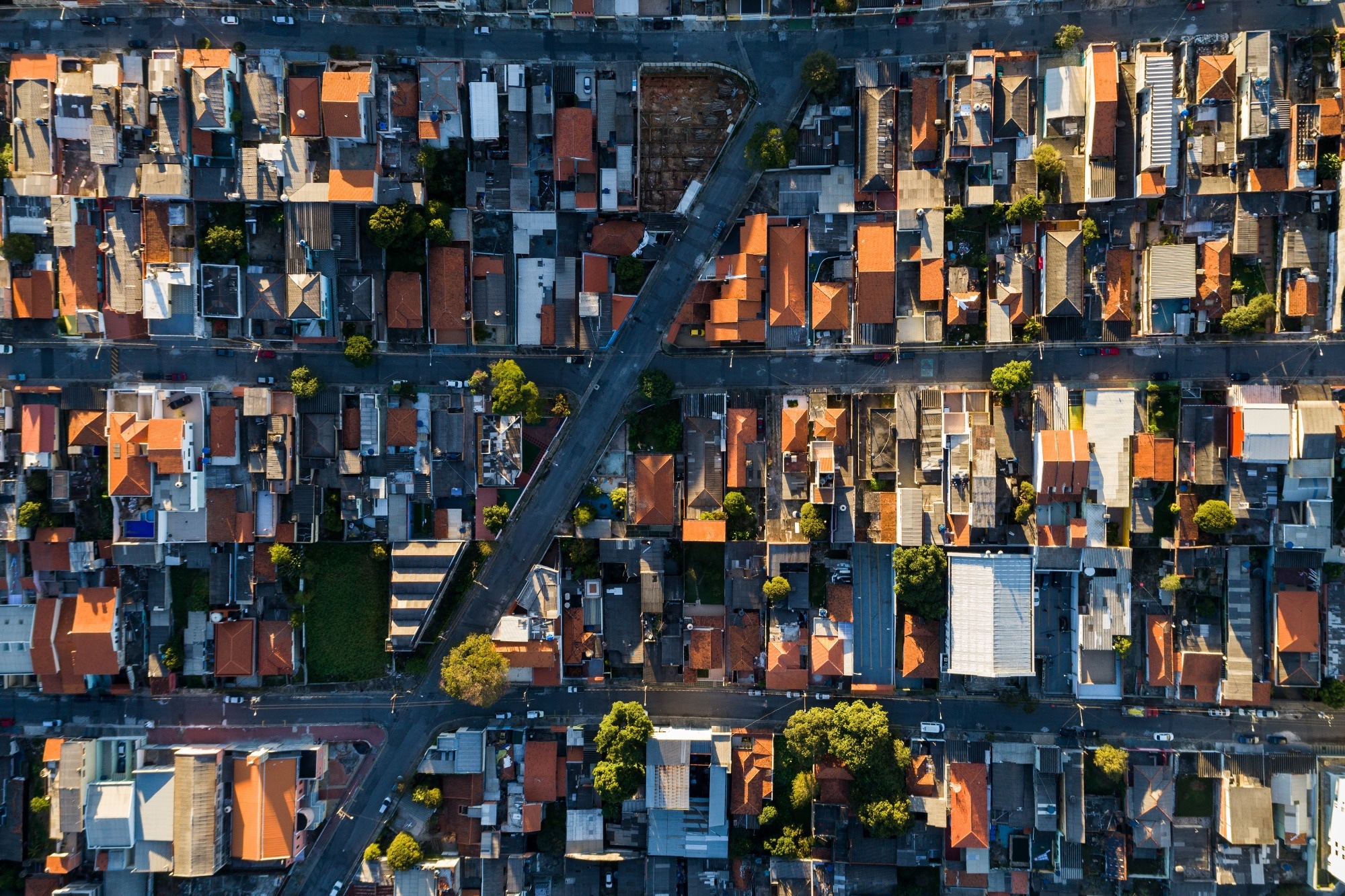A new study shows that simple, low-cost building design choices like roof insulation, natural ventilation, and sun-oriented layouts can significantly improve climate resilience in Latin America’s rapidly warming cities.

Image Credit: Gustavo Frazao/Shutterstock.com
Painting walls in light colors, insulating roofs, choosing medium-sized windows, and aligning homes with the sun’s path might seem like small design details. However, these measures, often overlooked in large-scale developments, could offer meaningful protection against heat stress and energy insecurity in the region’s most vulnerable communities.
Published in the upcoming November issue of Energy and Buildings, the study identifies climate-smart, passive design strategies as essential for future housing across five major cities: Rio de Janeiro and São Paulo in Brazil, Santiago in Chile, Bogotá in Colombia, and Lima in Peru.
Using computer simulations, the researchers evaluated how different building configurations would perform under current and projected climate conditions. They compared energy efficiency, carbon emissions, and construction costs to find combinations of materials and layouts that could keep homes cool without relying on air conditioning.
The results indicate that widely used construction systems, such as traditional masonry, fiber cement or clay tiles, combined with expanded polystyrene and single-pane glass, represent the ideal configurations for climate-resilient buildings in the countries analyzed.
Alexandre Santana Cruz, Study Lead Author, Federal University of Rio de Janeiro
Known as passive architectural design, this approach uses natural ventilation, shading, and sunlight to keep indoor spaces comfortable, minimizing the need for air conditioning.
As these strategies are both cost-effective and sustainable, they’re particularly well-suited to low- and middle-income countries.
The study points out that more than a billion people globally live in substandard housing, most of them in rapidly growing regions like Latin America, Africa, and the Asia-Pacific - areas where urban expansion is accelerating and climate risks are intensifying.
While advanced building technologies can offer additional climate benefits, lead author Santana Cruz cautions that their high costs and the emissions involved in their production make them impractical for widespread adoption in these regions.
Architect Karen Carrer Ruman de Bortoli, a professor at the Federal Institute of São Paulo who was not involved in the study, also agrees. She notes that low-cost, low-tech passive design strategies can ease heat stress and reduce the need for mechanical cooling in warm climates.
These techniques include orienting buildings to optimize sunlight and airflow, constructing walls that resist heat transfer, ventilating roofs, and incorporating green spaces into the urban fabric.
“In Latin American countries, where social housing programs face similar challenges, these types of measures - adapted to local climate conditions - have the potential to reduce operating costs, mitigate health impacts, and avoid hasty renovations that end up further compromising housing resilience,” says Bortoli.
High Costs
Yet, despite having huge potential, these solutions tend to be overlooked in large-scale housing schemes.
“Quality architectural projects are often still perceived as subjective or associated with high costs, which hinders their adoption in vulnerable communities,” said Santana Cruz.
Governments and public institutions often respond to housing shortages with standardized social housing prototypes, which ignore the specific climatic and urban characteristics of a location.
Alexandre Santana Cruz, Study Lead Author, Federal University of Rio de Janeiro
This gap in design is evident in research by the MORA housing group at the Federal University of Uberlândia, where Bortoli is a member. Their studies found that homes built under a federal housing program in a city with a dry, mixed climate often lacked essential passive design features, leaving residents exposed and vulnerable, particularly during heatwaves.
This problem is further exacerbated by subsequent, often informal and costly renovations undertaken by residents themselves in an attempt to correct the limitations of the original design.
Karen Carrer Ruman de Bortoli, Professor, Federal Institute of São Paulo
Tools and Training
To help close this gap, the researchers propose creating a free digital tool that can generate customized housing designs tailored to local climate and urban conditions.
They also emphasize the need for community engagement and education. According to Bortoli, offering new homeowners straightforward, practical guidance on things like ventilation, shading, or material choices can significantly improve indoor comfort and reduce energy use, all without requiring major investments.
“Simple guidelines, such as the importance of shading, cross-ventilation, roof maintenance, and even color selection, can significantly improve the thermal comfort and overall resilience of homes without the need for major investments,” explained Bortoli.
Bortoli’s research group is already developing renovation guides and online resources aimed at architects, service providers, and residents.
She also stresses the importance of training construction and renovation workers, and sharing practical knowledge through community workshops to spread best practices for climate-resilient home adaptation.
Journal Reference:
Santana Cruz, A., et al. (2025) How feasible is climate-resilient building design within the Global South context? Insights from Latin American residential sector. Energy and Buildings. doi.org/10.1016/j.enbuild.2025.116277